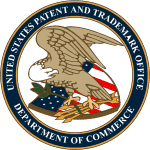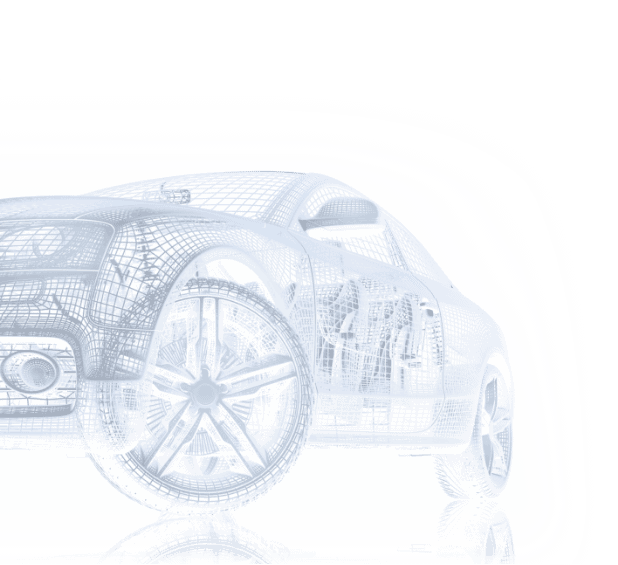With the help of Cybertech suppliers, the future is brighter and less complex for traditional OEMs, Tier 1 and aftermarket suppliers. The methods they have relied on for decades are quickly becoming obsolete, leaving them with fewer options. While they could revamp themselves and learn the necessary expertise and innovation internally, this would be a costly endeavor resulting in a long time to market. And, by the time re-training is complete, chances are that technologies will have evolved again leaving them forever behind the curve.
The obvious answer is to partner with Cybertech suppliers and leverage the expertise of vendors whose reason for being is to create and implement the latest technologies, safely and securely. Cybertech suppliers companies are the perfect complement to traditional OEMs, Tier 1 and aftermarket suppliers because they have the expertise to consolidate components and applications into integrated products (or platforms) without trying to become car manufacturers themselves. Rather, they exist to bridge the knowledge gaps for integrating cutting-edge electronic subsystems into next-generation vehicles and architectures. They can and will provide the technology necessary for the manufacturers to build the right hardware to house the new generation of software. And, they can and will provide the know-how in advanced software development to build secure, efficient, and cost-effective solutions.
Where OEMs are used to providing new vehicle designs and specifications that Tier 1 suppliers fulfill, both can rely on Cybertech suppliers to provide the know-how and solutions for fast computing, Ethernet, Zonal Architecture, cybersecurity and more.
Where in the past, it was acceptable for OEMs to take up to five years to develop new technologies and bring them to market, today’s fast-paced technological development makes speed crucial. Customers don’t want to wait – they expect instant access to the newest and most upgraded features.
What’s In It For Me? – OEMs
OEMs are already looking towards consolidation, but the path remains clouded. In order to succeed in the new paradigm, they must focus on the following 4 key areas that will lead to a full Zonal E/E Architecture which can aggregate all parts at the relevant control points:
- Pre-Development Staging Projects: The ability to have pre-development projects where OEMs can have a firsthand view of different solutions and then refer Cybertech suppliers to their preferred Tier 1 suppliers to implement their preferred solution.
- Access to Cutting Edge Technology: The need to access the latest technologies and capabilities to define the next-gen architecture and set the requirements from the hardware and software perspectives which will eventually use the relevant OTA mechanisms and other features provided by the Cybertech vendor.
- Work Cross-Functionally: OEMs are able to work directly with Cybertech vendors to help guide their unique vision. They are also able to cooperatively build customized and optimal solutions which can serve their end goals and long-term strategy.
- Holistic Approach: The ability to integrate different approaches resulting in a best-of-breed system, secure by design from the very beginning of the process.
Of course this evolution cannot happen from one day to the next, so by partnering with the right vendor, OEMs have the FREEDOM TO EVOLVE by choosing on which areas to focus as they prepare their cars for the future.
What’s In It For Me? – Tier 1 Suppliers
When new demands filter down from the OEMs to the Tier 1 suppliers, confusion may ensue as they scramble to learn how to build to new specifications, increasing the time to market and therefore potentially losing customers. There are three specific areas where the Cybertech suppliers can provide crucial assistance to the Tier 1s in order to reduce this time to market:
- Involvement in Defining E/E Architecture: By partnering with Cybertech Tier vendors, Tier 1 suppliers can enter the discussion with the OEMs at an earlier stage. Being involved in the process of defining the E/E Architecture while bringing already working solutions to the next-gen requirements. This will make Tier 1 suppliers a full partner in creating a vision for the future.
- Adopting Innovative Software Technologies: Tier 1s will be able to significantly grow their market share with more robust software and integration capabilities if they look beyond automotive to other industries such as aviation and adapt their advancements to automotive. For example, the right supplier can help implement Service-Oriented Architecture (SOA) from the aviation industry.
- Time to Market: Tier 1s can partner with the supplier to gain access to the technology needed to respond to RFQs for which they otherwise would not be qualified.
For OEMs and Tier 1s, the Cybertech supplier is their ticket to a sustainable and more profitable future in which they will have the FREEDOM TO EVOLVE to meet the new needs and demands of consumers.


 USPTO
USPTO

